14 Facts About Supercars You Never Knew
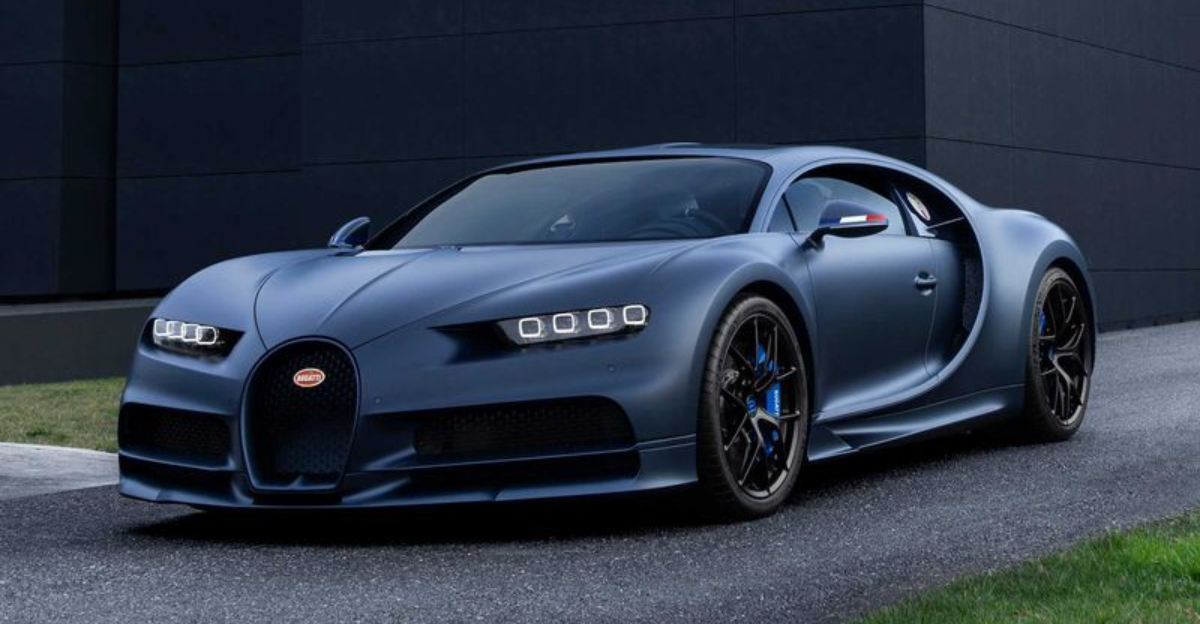
Back in college, a friend claimed his uncle’s Lamborghini could melt snow just by idling.
We laughed, until we saw it parked on a frosty driveway, steaming like a dragon’s nostrils while every other car sat frosted over.
Supercars have always had that kind of absurd, mysterious magic.
Beneath the carbon fiber and wild spoilers live secrets that don’t always make it into brochures or bedtime stories, but once you stumble on them, they stick in your brain like the smell of burnt clutch.
1. Rubber Roadblocks
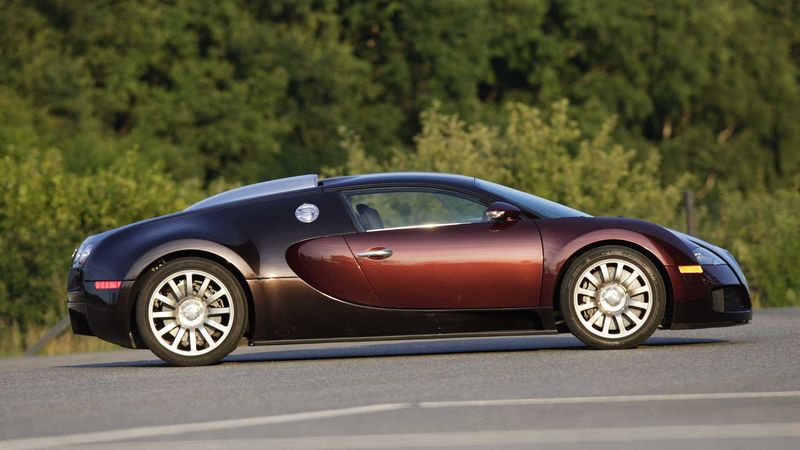
Tire technology actually limits how fast supercars can go! Even with engines capable of astronomical speeds, the rubber meeting the road can’t always keep up.
The tremendous heat and forces generated at 250+ mph can cause standard tires to disintegrate.
That’s why Bugatti worked with Michelin to develop special tires for the Veyron that cost $42,000 per set and must be replaced every 2,500 miles.
Some manufacturers have their tires x-rayed after production to ensure absolute perfection.
2. Shape-Shifting Aerodynamics

Your average sedan maintains the same shape at all speeds. Not supercars.
Many high-performance vehicles borrow Formula 1 technology with active aerodynamic systems that physically transform at different velocities.
The Pagani Huayra features computer-controlled flaps that adjust independently based on speed, steering angle, and lateral g-forces.
McLaren’s DRS (Drag Reduction System) flattens the rear wing at high speeds for less drag, then pops it up during braking to create a massive air brake.
3. Million-Dollar Insurance Bills
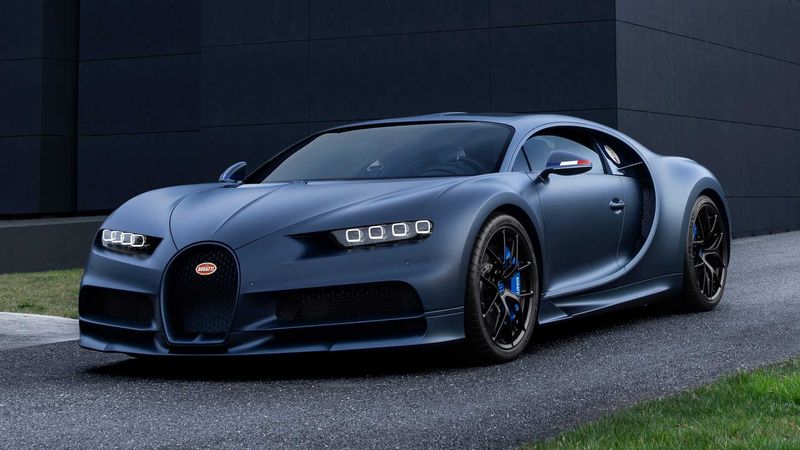
Got $30,000 burning a hole in your pocket? That’s what some Bugatti owners pay annually just for insurance! Supercar insurance often costs more than purchasing a brand-new economy car outright.
Factors like specialized repair knowledge, limited parts availability, and astronomical replacement costs make these vehicles insurance nightmares.
Some owners maintain separate policies just for track days. Others register their vehicles in states or countries with more favorable insurance regulations.
4. Cold Brake Syndrome

Racing-inspired carbon ceramic brakes deliver phenomenal stopping power, but here’s the catch – they perform terribly when cold!
Many supercar owners experience the heart-stopping moment of pressing the brake pedal only to feel virtually nothing happen.
These specialized brakes need heat to generate friction. Manufacturers now warn drivers to perform gentle brake warm-up procedures before aggressive driving.
Some newer models include special driving modes that automatically apply slight brake pressure during initial acceleration to heat up the system.
5. Depreciating Dreams
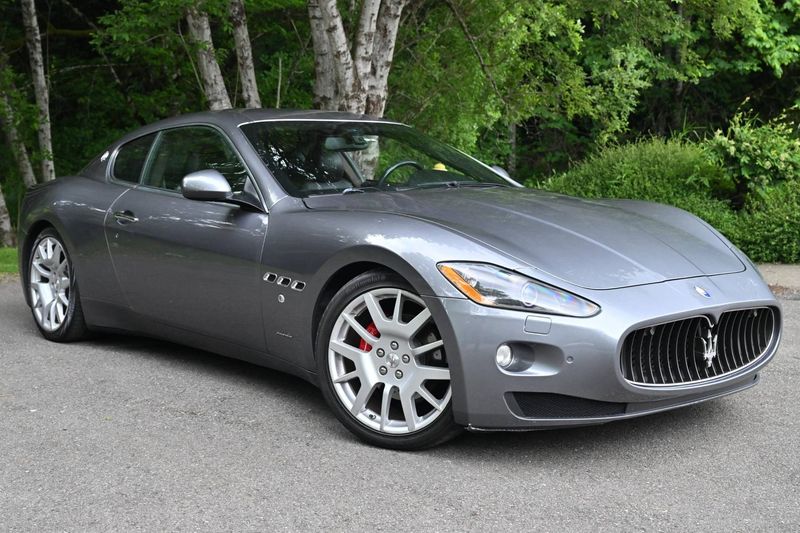
Ferraris and Lamborghinis might seem like solid investments, but many supercars plummet in value faster than mainstream vehicles.
The Maserati GranTurismo can lose nearly 50% of its value in just three years! Maintenance history becomes critical, as a single skipped service can slash resale value dramatically.
Limited-production models from prestigious brands typically hold value better.
Interestingly, certain colors dramatically affect depreciation – with flashy custom colors often reducing resale value while classic shades like Ferrari Red maintain stronger demand.
6. Symphonic Deception

That spine-tingling exhaust note? Often carefully engineered acoustic theater!
Modern emission regulations have forced manufacturers to employ turbochargers and smaller engines, which naturally sound less impressive than their predecessors.
BMW pipes artificial engine noise through interior speakers in their M models. Jaguar F-Type features programmed backfiring for dramatic effect.
Some Ferraris utilize carefully designed resonator chambers that function like musical instruments, amplifying specific engine frequencies while canceling others.
7. Physics-Defying Placement
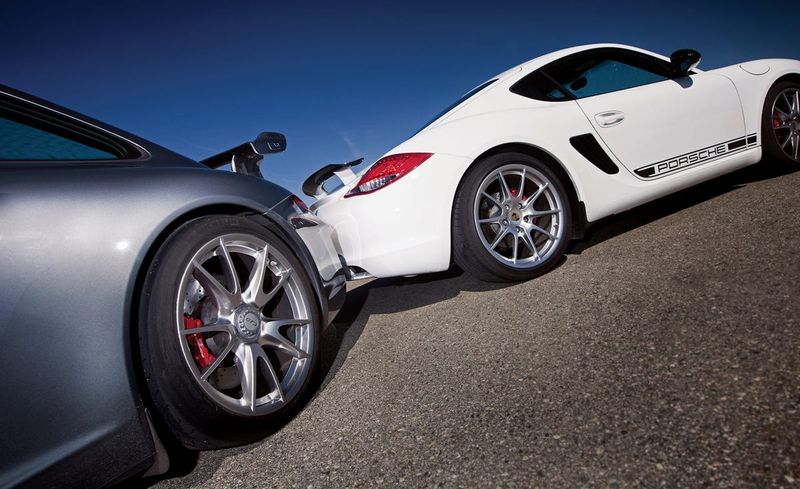
Where engineers position the engine fundamentally transforms how a supercar behaves. Mid-engine designs like the Ferrari 488 place weight centrally for balanced cornering but can be twitchy at the limit.
Rear-engine cars like Porsche 911s have unique “pendulum” dynamics that experienced drivers exploit but can catch novices off-guard.
Front-engine supercars like the Mercedes AMG GT provide more forgiving handling characteristics.
Some hypercars like the Koenigsegg Gemera even use multiple engine locations to harness advantages from different configurations.
8. Bank-Breaking Maintenance
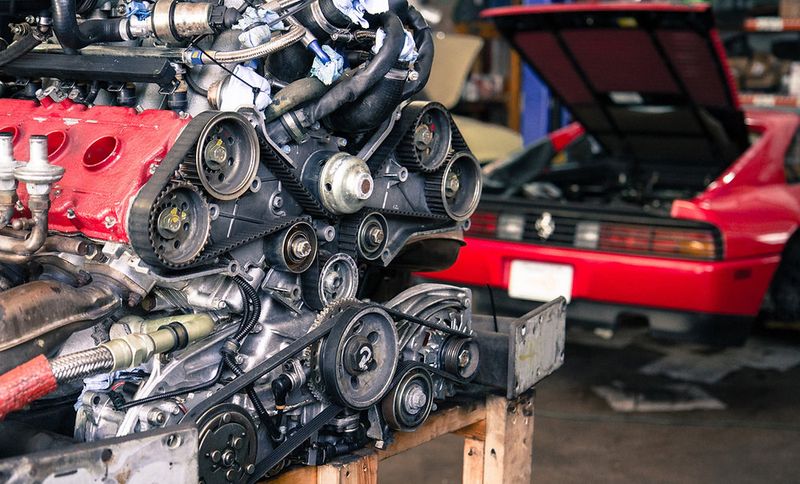
Routine maintenance on a Ferrari 488 GTB can run $11,500 annually even without anything breaking!
Lamborghini recommends complete engine-out service every 15,000 miles, a procedure requiring specialized tools and expertise.
Oil changes alone can cost $2,000 due to exotic synthetic fluids and laborious access procedures. The Bugatti Veyron’s annual fluid change runs about $25,000 including special coolants for its ten radiators.
Some owners maintain duplicate parts inventories because waiting weeks for factory components means missing optimal driving seasons.
9. Thirsty Beasts
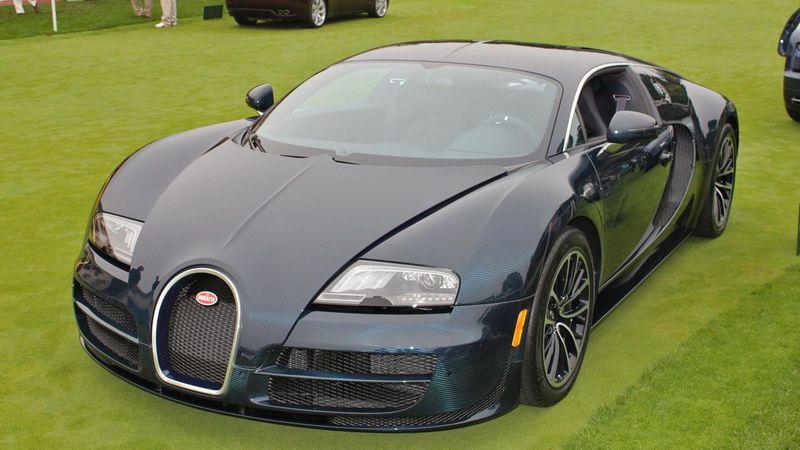
Lead-footed Bugatti Veyron drivers can empty the 26.4-gallon tank in just 12 minutes at full throttle! At maximum speed, it gulps nearly 1.5 gallons of fuel per minute – about 3 MPG.
Many supercars feature multiple fuel pumps to satisfy their voracious consumption.
The McLaren F1 employs gold foil in the engine bay as heat reflection to protect components from thermal damage caused by these inefficient engines.
Some owners report spending more annually on fuel than the average American’s car payment.
10. Electronically Neutered

Despite advertising astronomical top speeds, most production supercars are electronically limited below their mechanical potential.
The Ferrari LaFerrari’s limiter kicks in at 217 mph, though it could theoretically go faster.
These restrictions exist because of tire safety limitations and legal agreements with regulatory bodies. Some manufacturers offer special track packages that raise or remove limiters.
The Bugatti Chiron requires a second key to unlock its full 261 mph potential – the standard mode restricts it to “just” 236 mph for everyday driving.
11. Artisanal Assembly
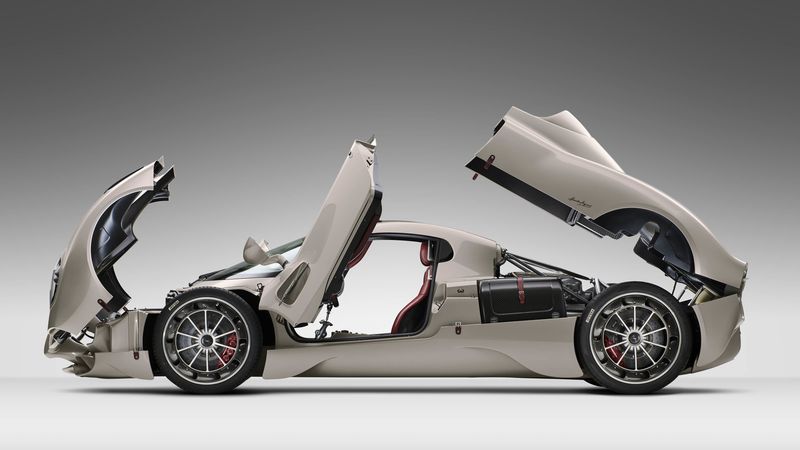
Mass production? Not for these mechanical masterpieces. A single Pagani Huayra takes over 4,000 hours to build – that’s two full-time workers laboring for a year!
Each Rolls-Royce engine is assembled by a single technician whose name is engraved on a plaque.
Lamborghini’s quality control includes specialized workers who spend hours just inspecting the stitching on leather interiors.
Some manufacturers maintain relationships with specific Italian tanneries that have supplied leather for generations, ensuring consistent quality and distinctive aromas.
12. License Required
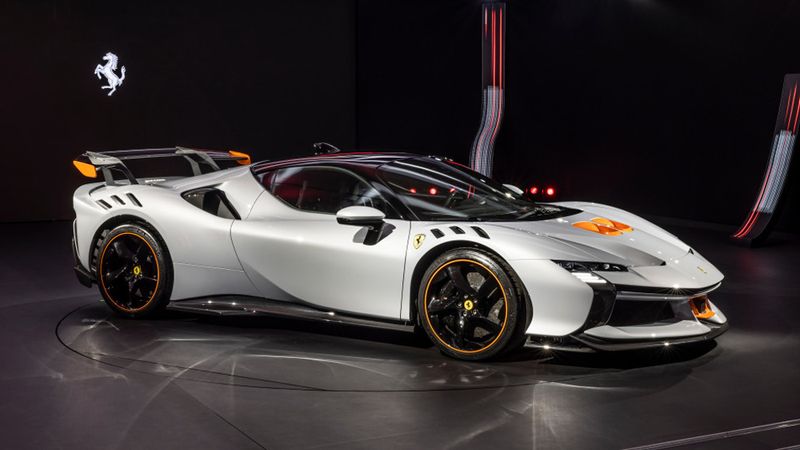
Cash alone won’t get you behind the wheel in some countries. Singapore requires a special license endorsement for high-performance vehicles, while the UK’s insurance categories effectively create performance barriers for young drivers.
Some Australian states restrict vehicles based on power-to-weight ratios. Japan requires proof of dedicated parking before purchasing any vehicle, making supercar ownership nearly impossible in dense urban areas.
Ferrari famously maintains a “preferred customer” list, requiring previous ownership history before allowing purchases of limited-edition models.
13. Comfort Compromises
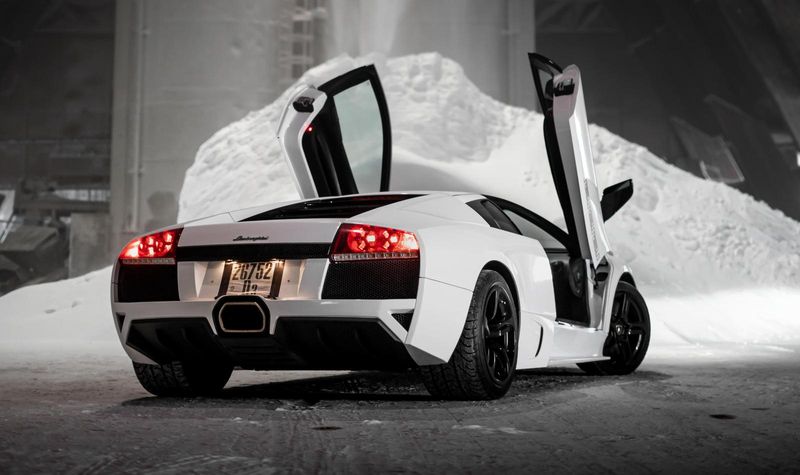
Lamborghini designers famously prioritize door drama over entry comfort. Many supercars require contortionist-worthy moves just to enter and exit with dignity!
The Lotus Elise’s high door sill and low roof make graceful entries impossible.
Instrument layouts often prioritize aesthetics over readability. The Pagani Huayra’s side mirrors provide minimal visibility but maximize aerodynamics.
Ferrari’s steering wheel-mounted controls eliminate stalks but create steep learning curves. Some McLaren owners report developing specific muscle memory just for operating their unique door mechanisms.
14. Precious Paint Protection

Ferrari’s optional “Tailor Made” paint protection film costs upwards of $7,000 but has become nearly standard for new purchases.
This invisible shield preserves the often custom-mixed paint underneath.
Bentley offers paint mixed with actual crushed diamonds for enhanced sparkle and scratch resistance. Rolls-Royce employs specialists who hand-polish each car for over two weeks before delivery.
Some manufacturers maintain paint samples from every vehicle produced, allowing perfect matching decades later for restoration work.
